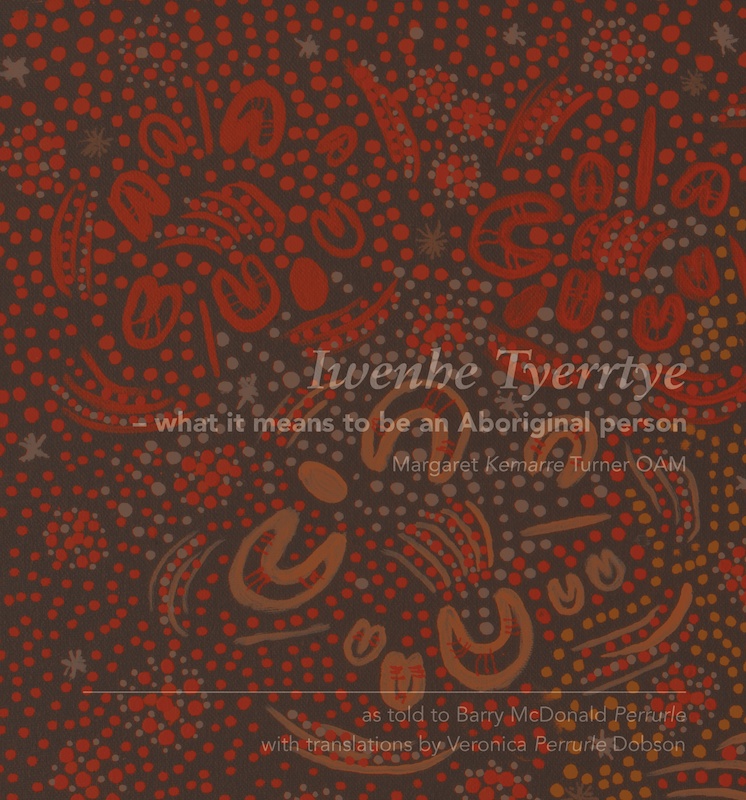Learning what it means to be an Aboriginal person
Iwenhe Tyerrtye: What It Means to be an Aboriginal Person by Margaret Kemarre Turner
Matt Anslow recommends Iwenhe Tyerrtye: What It Means to be an Aboriginal Person by Margaret Kemarre Turner as an Eternity Summer Read.
Sometimes you read books that you don’t really understand. Perhaps the vocabulary is arcane or gymnastic, the writing style impenetrable, or the subject matter demanding.
None of these things is true of Iwenhe Tyerrtye, and yet I’m not sure I truly comprehended it. I put this lack of understanding down not to any deficiency with the book, but rather with its profundity.
Iwenhe Tyerrtye is the account of what it means to be an Aboriginal person by Margaret Kemarre (MK) Turner, an Arrernte elder and interpreter from what we now call the Northern Territory.
The book is a journey through the profound worldview of Arrernte people. Perhaps the central theme of this journey is relationship and interconnection. For the Arrernte person, everything is in relationship to everything else, whether social, cultural, natural, or spiritual.
The book explores themes such as story, Dreaming, kinship, land, nature, and language. At the core of these explorations is the concept of Utyerre, the tie or bloodline that connects people to land and to one another. Utyerre binds people to land in a deeply spiritual sense, such that Turner says one must follow their utyerre back to where they really originate from.
It’s impossible for me to give a meaningful account of the book in such a short review. The book needs to be read and contemplated by as many Australians as possible. I’ve previously had the incredible privilege of sitting in a room with MK and learning from her personally. Reading this book is the next best thing, in part because the book seems to be a transcription and translation of Turner’s actual spoken words (indeed, compiler Barry McDonald left the transcripts mostly unaltered, resulting in the closest written approximation of hearing Turner’s words in person).
All that knowledge will be lost if we don’t learn while the opportunity is available.
The importance of this book cannot be overstated. For those of us who were taught a white-washed version of Australian history, this book offers a first-hand account of Aboriginal worldview, one that scratches the surface of the depth of Aboriginal culture and connection to land.
There’s also much that modern Australians can — nay, must — learn from this worldview if we are to thrive together in this land. This is particularly true in light of the many increasing environmental challenges we face.
The book’s reflections upon the arrival of white people invite contemplation of the damage White Australia has done to the land. More importantly, the closing pages — entitled “Two Cultures Can Hold Each Other” — offer a beautiful reflection on the way in which two cultures can live together in harmonious relationship, just as Turner’s Aboriginality lives together with her Catholic faith.
Iwenhe Tyerrtye is, unfortunately, out of print, and copies will be harder to find as time goes on. In a sense, this is similar to what Turner says about Arrernte elders, who are dying out without being able to pass their knowledge on to the younger generations. All that knowledge will be lost if we don’t learn while the opportunity is available.
Drink deeply while you can.
Iwenhe Tyerrtye: What It Means to be an Aboriginal Person by Margaret Kemarre Turner is published by IAD Press.



